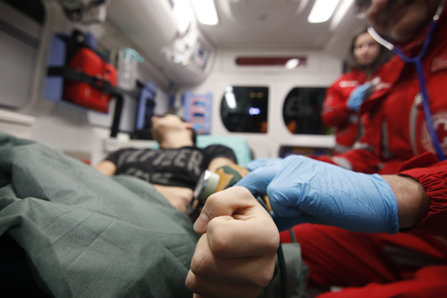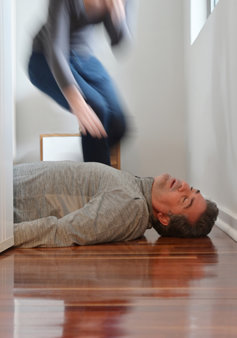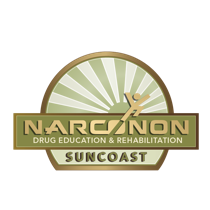Opioid Overdoses: Critical Insights for Every Individual

Opioids are one of the most problematic substances in our nation. The situation has become such an issue that it is referred to as the opioid epidemic. These substances are beneficial in the medical realm for managing pain, but they are also incredibly addictive. This has led to around 3 million people struggling with opioid abuse in the United States.
Those abusing these substances also run the risk of opioid overdose. This is when the individual takes more than their body can handle, leading to a slew of horrible consequences. Let’s take a detailed look into opioid overdoses.
What Are the Opioid Overdose Symptoms?
Opioid overdose symptoms can be quite scary to witness, as they are severe on a person’s health. They include:
- Unconscious or unresponsive
- Cold or clammy skin
- Snoring, choking, or gurgling type sounds
- Shallow, slow, or stopped breathing
- Constricted “pinpoint” pupils
- Limpness
- Pale or blue skin or nails
Unfortunately, severe opioid overdoses can lead to death when not rapidly attended to. Several risk factors increase a person’s likelihood of overdose, including:
- Opioid abuse
- Using opioids through injection
- Going back to opioids after a period of abstinence
- Using prescription opioids without medical guidance or supervision
- High dosages of opioid medications
- Combining opioids with other respiratory-suppressing substances, such as alcohol, benzodiazepines, and more
- Having chronic health conditions, such as HIV, Hepatitis C, heart disease, and other conditions
Naloxone for Overdoses
There is a medication that can be used to combat overdoses called Naloxone. It is an opioid antagonist that functions by essentially rapidly reversing an opioid overdose. It attaches to opioid receptors to block other opioids from entering, thus blocking their effects.
Naloxone can help to quickly restore breathing to normal and save someone’s life in the event of an overdose. It is important to note that Naloxone is only meant for emergency cases of overdose and is not made for treating opioid abuse.
There are two forms of Naloxone with the first being an injection into the muscle, under the skin, or veins. The second is a prepackaged nasal spray that is much easier to deliver. There are also online training courses to learn how to use it.
Opioid Overdose Treatments

With how prevalent opioid overdoses have become in the epidemic, it is a good idea to know what steps to take in the event of one. Since an opioid overdose can be extremely dangerous, it needs to be handled appropriately and quickly.
In some cases, it may be difficult to tell whether a person is overdosing or just extremely high on opioids. It is better to treat it as an overdose in these cases, as not doing so can have worse results. According to the CDC, the best steps to handling an overdose are:
1. Call 911 immediately.
2. Administer naloxone, if available.
3. Try to keep the person awake and breathing.
4. Lay the person on their side to prevent choking.
5. Stay with him or her until emergency workers arrive.
Knowing these steps could help you save a life in the event of an overdose. Once an individual has recovered from the overdose, it is ideal that they seek effective addiction treatment. Otherwise, they may be prone to overdosing again down the road.
Narconon Can Help You or Your Loved One Overcome Addiction
If you are seeking addiction treatment for yourself or a loved one, Narconon is here to help. Our addiction treatment program can help rehabilitate abilities to break free from the chains of addiction. Our graduate testimonials speak for the thousands of people our program has helped achieve sobriety.


